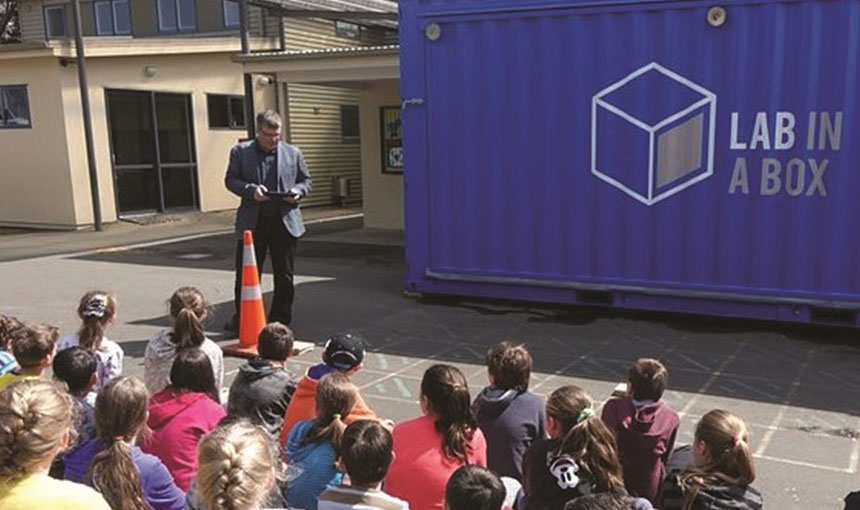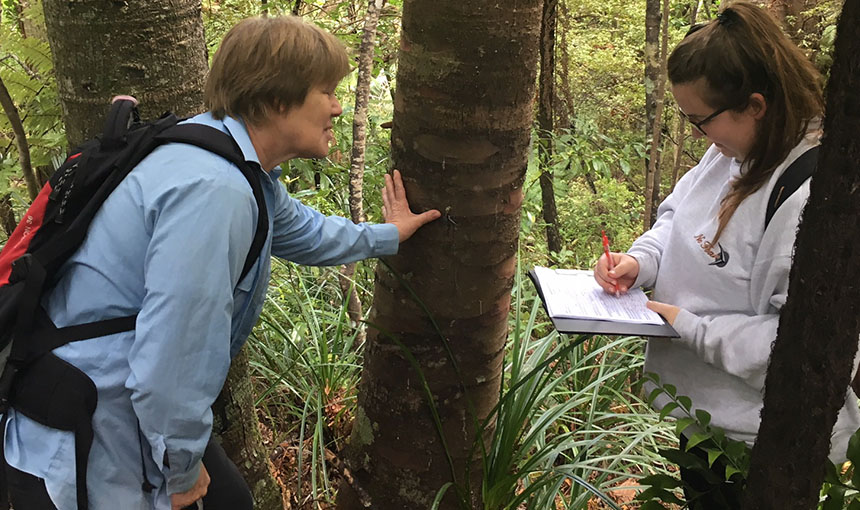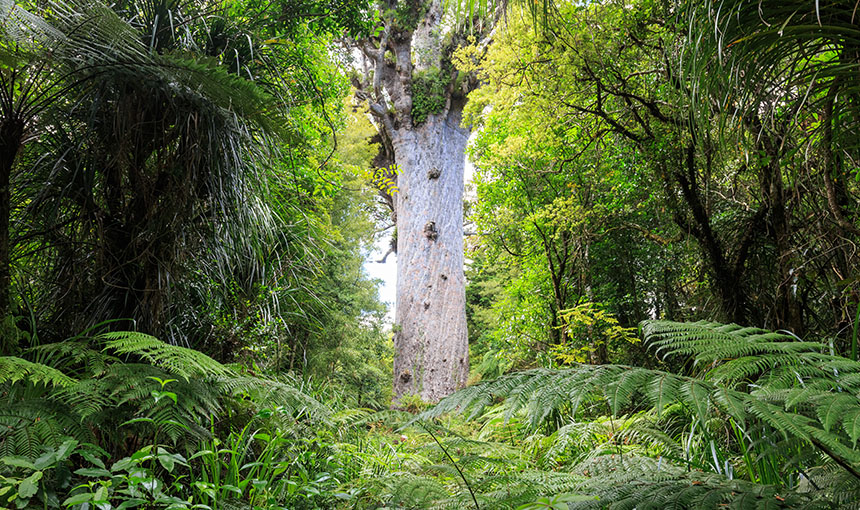The BioHeritage Challenge is leading development of the programme, known as Ngā Rākau Taketake – Saving our Iconic Trees. Its development follows the announcement of new investment, with the focus being to accelerate work already being done by Government agencies, councils, research providers, Māori and interest groups.
Kauri dieback is threatening Aotearoa New Zealand’s taonga (treasured) kauri with extinction, and myrtle rust is threatening many iconic native species as well as plants important to primary industries. More knowledge is urgently needed to underpin future approaches and tools to fight the two pathogens.
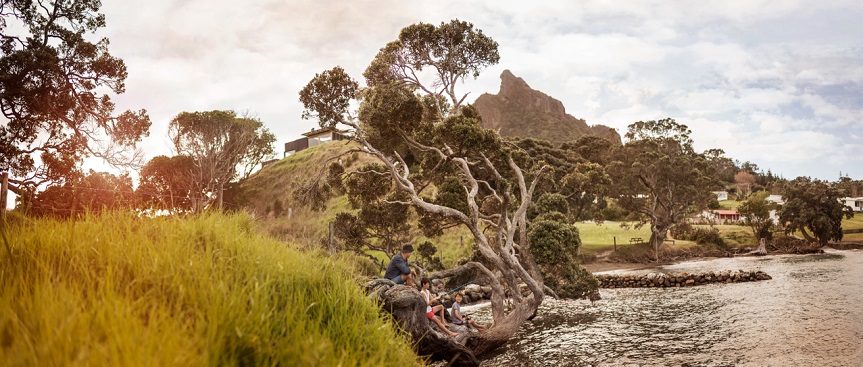
The name Ngā Rākau Taketake reflects the historical connections Māori and other New Zealanders have with our kauri and myrtaceae trees. Taketake refers to the permanence of that relationship. This programme aims to protect and restore that relationship and connection.
Leading development and implementation of Ngā Rākau Taketake are BioHeritage Challenge Strategic Leadership Group members Dr Beccy Ganley and Dr Nick Waipara, both of Plant & Food Research. Beccy has extensive experience in kauri dieback and myrtle rust research while Nick has been heavily involved with New Zealand’s kauri dieback response.
Kauri dieback is a disease that has killed hundreds, possibly thousands, of the taonga (treasured) trees in the North Island, and threatens the unique and ecologically important kauri ecosystem. New Zealanders have strong emotional and cultural attachments to kauri and the loss is having a major impact on our communities.
This project contributes towards BioHeritage’s goal of helping to create a world-class biosecurity system for New Zealand.
Learn more about us:
To learn more about Ngā Rākau Taketake, please click on our brochure below to download and share with your colleagues or community.
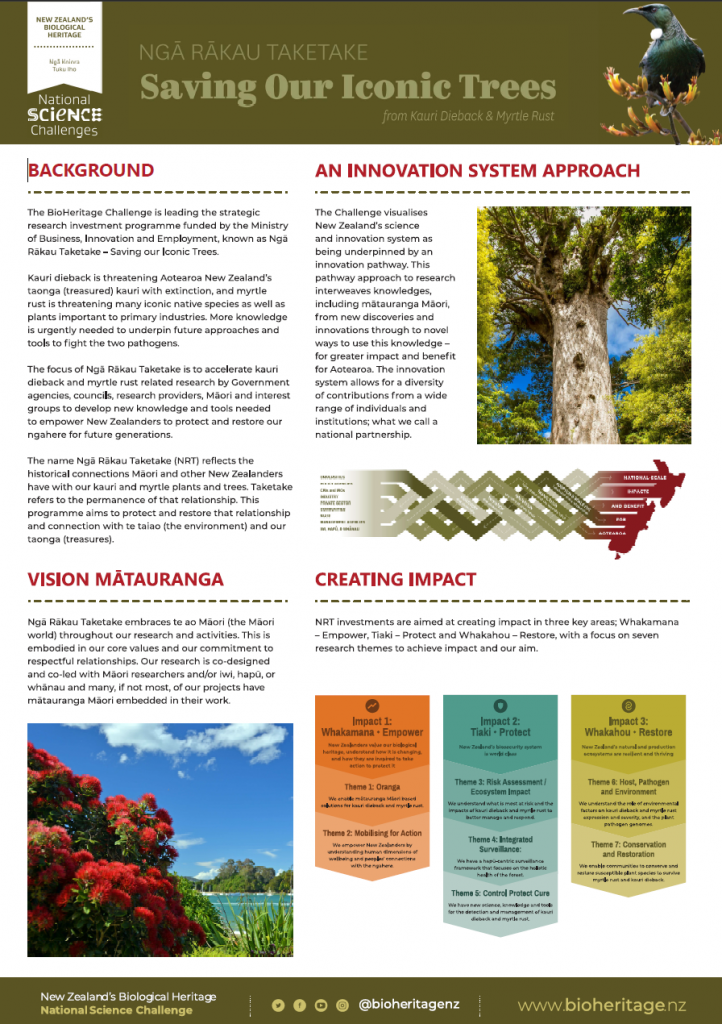

Tranche 2 Investments
- Te Whakahononga
- Oranga (wellbeing): Mātauranga Māori based solutions for kauri dieback and myrtle rust. Led by Dr Valance Smith and Melanie Mark-Shadbolt.
- Mobilising for Action: Focusing on the human dimensions of forest health management, specifically kauri dieback and myrtle rust. Led by Dr Marie McEntee and Dr Mark Harvey.
- Risk Assessment & Ecosystem Impacts: standardised measures to quantify the impact both kauri dieback and myrtle rust are having on the wider ecosystem. Led by Simon Wegner and Dr Luitgard Schwendenmann.
- Integrated Surveillance: A hapū-centric surveillance framework that focuses on the holistic health of the forest. Led by Waitangi Wood and Cecelia Arienti-Latham.
- Control, Protect, Cure: novel tools and approaches. Led by Dr Marion Wood and Dave Milner.
- Host, Pathogen & Environment: Looking into the role environmental factors play on disease expression and severity, as well as investigating plant pathogen genomes. Led by Julianne Chetham and Dr Nari Williams.
- Conservation & Restoration: Ensuring susceptible plant species survive myrtle rust and kauri dieback. Led by Dr Peter Bellingham and Alby Marsh.
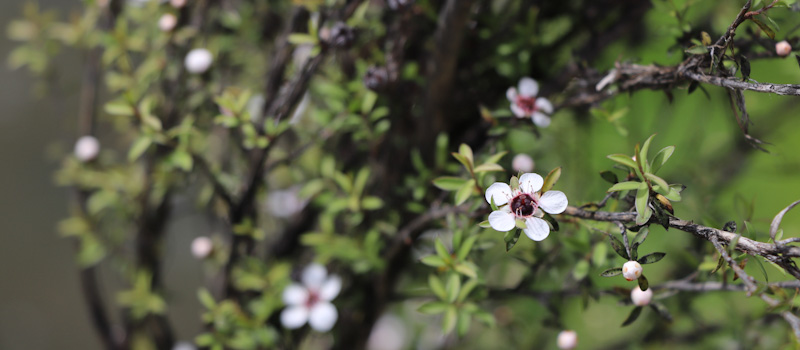
Tranche 1 Research Programmes
- Combatting pathogen risk using genomics Led by Dr Bevan Weir at Manaaki Whenua – Landcare Research.
- Stopping kauri dieback in its tracks Led by Dr Monica Gerth at Victoria University of Wellington.
- Tiaki mō kauri: citizens combatting kauri dieback Led by Dr Ian Horner at Plant & Food Research.
- Whakawātea riha rāwaho: Māori solutions to biosecurity threats Led by Alby Marsh at Plant & Food Research.
